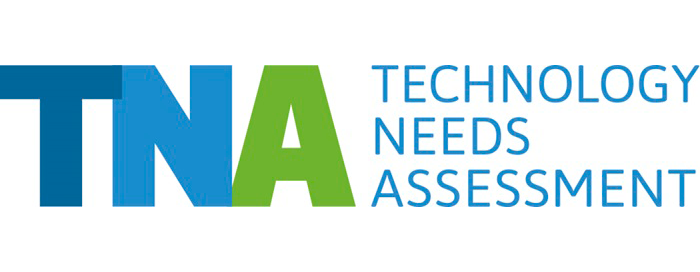More than 1.8 billion dollars have been invested in climate technology in projects informed by the global Technology Needs Assessment (TNA) project.
The investments, a total of 1,839,101,175 USD, cover funding and co-financing from the Green Climate Fund and the Global Environment Facility for projects and technologies that are prioritized or highlighted in national TNAs or Technology Action Plans (TAPs) developed under the Global TNA project.
The funding figures show that TNAs and TAPs have a strong potential to provide an effective and solid basis for countries to both scale-up and implement action on technologies for climate mitigation and adaptation.
The calculations of Green Climate Fund and Global Environment Facility funding of climate technology investments informed by TNAs comes in response to a call for submissions on linkages between the Technology Mechanism and the Financial Mechanism of the UNFCCC.
Easier implementation of climate technology
As of early 2024, 98 countries have identified and prioritized the climate technologies needed to mitigate and adapt to the climate crisis through the TNA project.
The resulting TNAs and TAPs offer information on the implementation potential, ability and scale of technologies – and not least the required enabling frameworks for technology transfer and uptake.
The engagement of key stakeholders in the TNA process, is instrumental in including climate technology priorities in new and ongoing governmental programmes, strategies, and plans. This means that concrete actions from TNAs and TAPs are implemented easier and also helps substantiate requests for funding from domestic and international funding instruments.
In addition to the projects implemented with Green Climate Fund and Global Environment Facility support, many other projects based on TNAs and TAPs have been funded and implemented.
You can read more about these in our “From needs to implementation” publications.
Bus rapid transit and sustainable pastures
The 1.8 billion dollars invested in climate technologies in projects informed by the TNA project cover a broad range of countries and technologies.
In Karachi, the climate and environmental challenges associated with rapid urban growth, prompted Pakistan, a country with the highest rate of urbanization in South Asia, to focus on the transport sector, and in particular on Bus Rapid Transport (BRT) in their TNA.
This is in line with the Pakistan Vision 2025, targeting provision of access to safe, affordable, accessible, and sustainable transport systems for all. Building on the TNA and the TAP.
The project aims to establish a 30 kilometre, bus rapid transit (BRT) system, fully separated from other transport modes, and operated with the “world’s first” biomethane hybrid bus fleet.
In Mongolia, the Aimags and Soums Green Regional Development Investment Program (ASDIP) addresses Mongolia’s rangeland degradation and overgrazing.
It does this by building climate-resilient and low-carbon cities that provide adequate services to attract private sector investments to support local agribusiness. It also supports herder groups in managing the rangelands sustainably by limiting the number of grazing animals, and strengthening agribusiness value chains.
ASDIP is fully aligned with key climate change strategies and policies of the government of Mongolia, including the TNA with specified sustainable pasture management as one of the key adaptation technologies for Mongolia.
Technology Needs Assessments and the NDCs
More than 70 percent of the countries in the TNA project directly referred to the needs assessment in their Nationally Determined Contributions (NDCs).
Integration of TNA results in a country’s overarching policy framework, such as development and climate policy, is a key mark of success for a TNA process. Such integration confirms that the process of prioritizing climate technologies is stakeholder-driven, and at the same time increases the likelihood for the technology options to be financially supported.
In Mali, the need for implementing the Technology Action Plans from the TNA process, was emphasized as one of the means to reach NDC targets.
And Thailand refers directly to its TNA in the NDC and highlights the need for international support in the form of technology transfer as well capacity building and financial support to achieve the set targets.
With this country-driven approach the TNA project helps identify the best suited technologies for each country, integrates into national planning and strategies such as the NDCs and guides countries towards implementation of the Paris Agreement.
